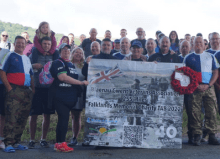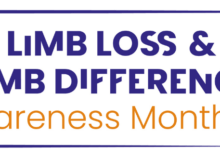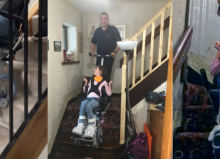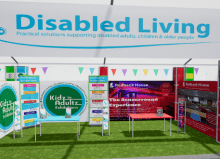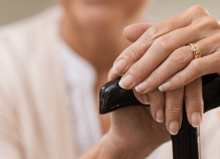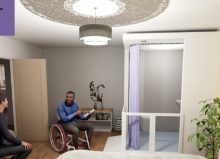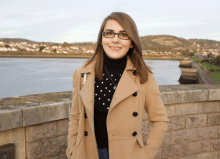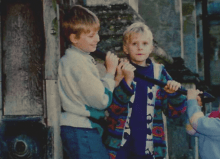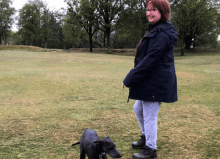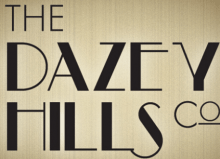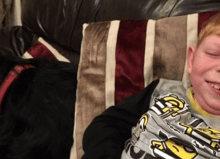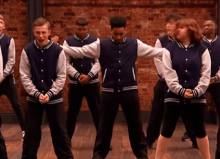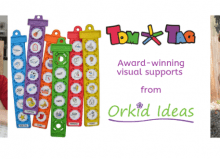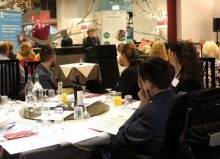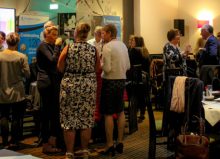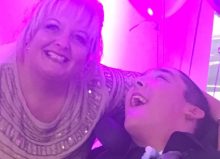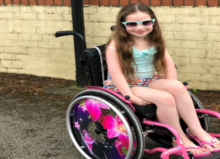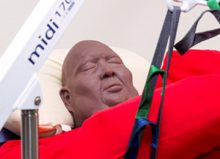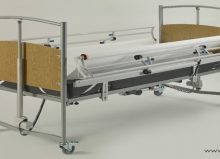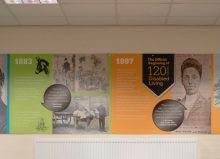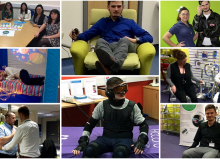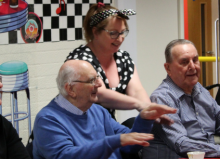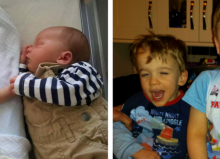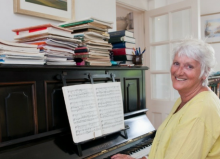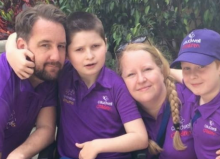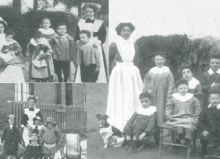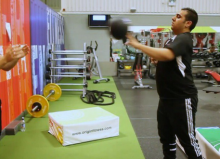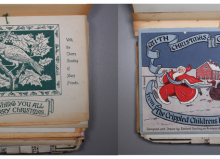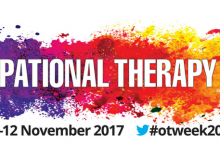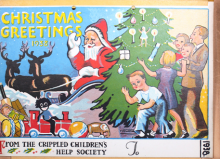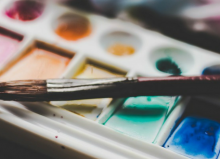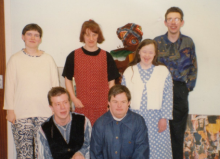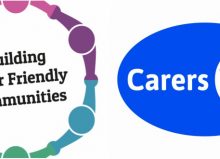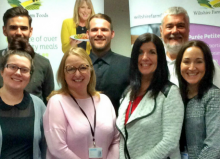How to Use Art Therapy as a Coping Mechanism
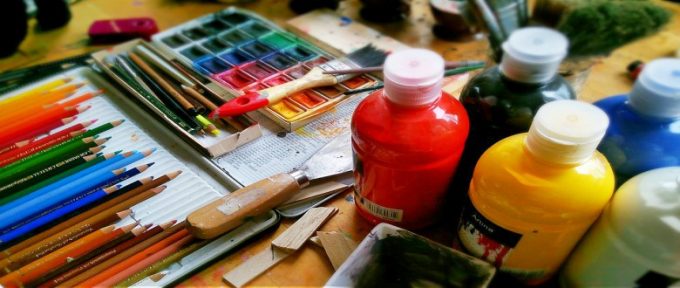
This guest blog is by Patrick Samuel, an artist with Asperger’s Syndrome, who discusses Art Therapy.
As a child I was hyperactive, and I think my mom recognized that early on. It was her who showed me how peaceful and rewarding drawing and painting could be.
We did a lot of arts and crafts sessions together. There was a lot of cutting and sticking, making decorations and things to hang around the house.
Unfortunately, between 1996 and 2016, I didn’t draw or paint at all. I forgot how. As hard as I tried to ignore the limitations Asperger’s placed on me, I was simply becoming less and less able to cope with the demands and pressures of adulthood. As a result, 2016 was the worst year of my life. It became much worse in September when I started teacher training. It eventually became clear that I was not getting the right support.

I let matters get worse and by December I was in hospital with an overdose, having attempted suicide for the second time in my life. My diagnosis, care plan, treatment plan, assessments and psychiatric evaluations followed. It’s all been very helpful, but I would not have gotten it if it I wasn’t willing to take responsibility for my actions. I had to face up to my limitations, accept my difference and not blindly ignore it.
The thing that played a big part in this turnaround of my destructive life was the start of my daily art therapy, which began one evening in December 2016.
On that first day, my carer placed an empty A3 drawing pad on my lap, perhaps frustrated at my endless silence. There was the complete inability to put my thoughts into words, or express my emotions and the lack of social imagination to be able to communicate precisely what I was thinking. I just didn’t want to talk anymore.
He told me to just draw what I was feeling. I hadn’t drawn in 20 years because I’d forgotten how… 40 minutes later I finished a self-portrait. Half of my face with rotting flesh and bone protruding, it reflected everything I was feeling, or rather not feeling. I was dead from the inside out and fed up of trying to hide it. This is who I was. In that moment, I actually felt something – a little feeling of release. And I was done for the day.

The next day I drew again. And so it went. Day after day. Slowly at first. Each day I’d complete a picture. Eventually they weren’t self-portraits anymore as I started to look beyond myself. I started to draw my dog and other animals. Forests and fields. Then other portraits. Then the moon, the stars, planets, galaxies, other universes, dimensions, portals. I was traveling, exploring…
The point is, Art Therapy is helping me to stop focusing on myself and looking inward.
It’s enabling me to look up and beyond. It’s given me the power to dream again, to envision a future me who could use these experiences to build something of a life that could help and inspire others. Art Therapy is a chance to use my Asperger’s for good, rather than the harm I’d been causing to myself and others.
Art Therapy is also helping me build social skills. I don’t just want to create art, I want to share it and I want to keep doing it for as long as I live now. In a short space of time I’ve secured over a dozen sponsors. I’ve also reached out to other artists and they’ve kindly donated many of their materials!
And they’re all keen to see how I’m developing as an artist and learning for the first time to manage my Asperger’s. It’s given me a topic to talk about that others can relate to and for the first time as well, I’m conversing with my neighbours.
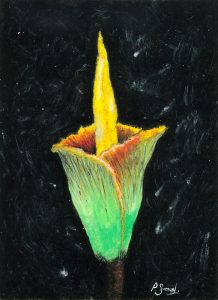
My art is now taking me to festivals where I exhibit my work and can put into practice the social skills and coping mechanisms I’d been learning during my counselling with Mind. I now have my first solo exhibition coming up in November at the Dugdale Centre, titled ‘Escape and Return’.
What Art Therapy has also done is help me get to the bottom of problems and identify issues that I’ve been unable to access in other ways. There were a lot of questions about myself and my behaviour that I couldn’t understand or answer until I was first able to draw those pictures because that’s how my brain works – in pictures – not words.
People ask me what they should do and how they can get started because they don’t have the skills and abilities to create anything that can compare to other people’s work. I tell them what my carer said to me, “Draw what you feel”. Abilities, skills, technical know-how, none of these matters in that moment.
Draw what you feel and what comes from that is an honest representation of what you’re thinking and feeling. It’s all the things you couldn’t say before. It’s all the thoughts that were rustling through your head that wouldn’t settle before. It’s all the pain and hurt you couldn’t let go of. It’s all the anger you’ve been holding onto. It’s all the joy that comes with that sense of release.
Lastly, Art Therapy helps me go from strength to strength and blossom with skills I forgot I had, and learn new ones too; social skills, and technical skills. And coping mechanisms. I’m still awkward and nervous in conversations, I still find eye contact painful and fidget while talking, but at least I’m talking again.
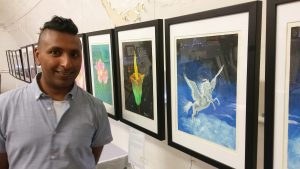
Art for an autism exhibition
I never thought I’d be doing festivals or setting up an art stall somewhere or preparing exhibitions at galleries, but they’re social exercises as well and I’m meeting so many wonderful people and am able to put forward something positive and inspiring about autism and Asperger’s with my art and the story of my journey so far.
I used to say to an autistic girl I worked with for two years that I was there to help her find her super powers. Along the way I realized she was already amazing as she was, but watching her bloom with the benefits of Art Therapy, acquire so much confidence in herself and master so many social skills…the irony was that it took me so long to discover it in myself; that art and Asperger’s were my super powers all along.
To hear more about Patrick please visit his website.



